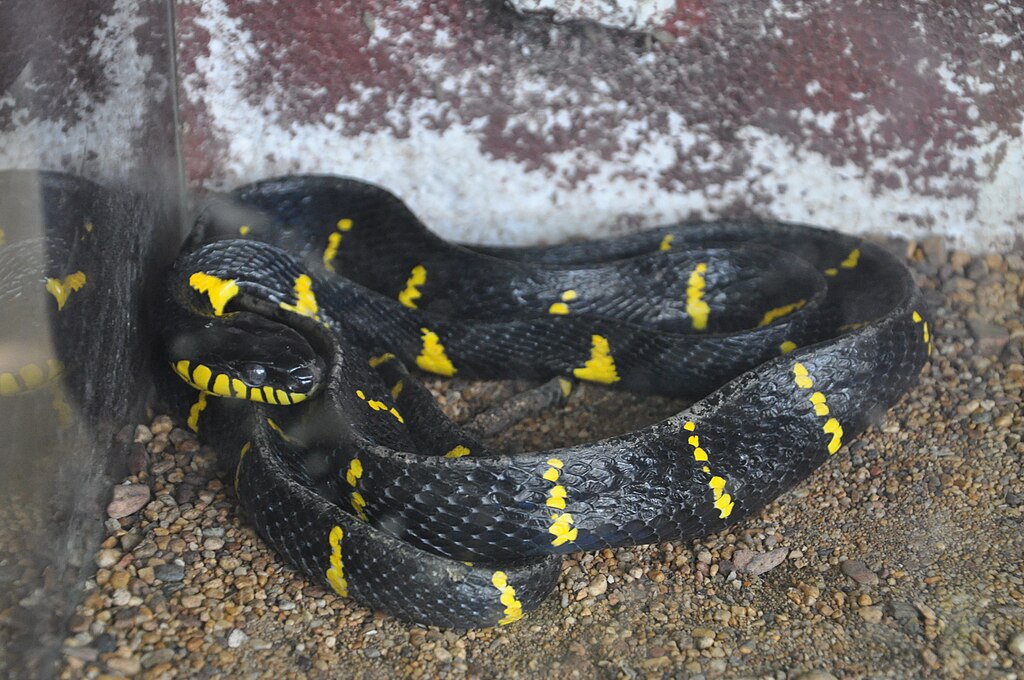Shedding is a natural process for snakes as they grow and renew their skin. However, sometimes this process doesn’t go smoothly, resulting in what’s known as a “stuck shed” or “dysecdysis.” This condition occurs when portions of the old skin fail to come off properly, potentially leading to health complications if not addressed. Whether you’re a new snake owner or have years of experience, knowing how to safely help your reptilian friend through this challenging time is essential. In this comprehensive guide, we’ll explore the causes of incomplete shedding, how to identify the problem, and step-by-step methods to assist your snake in removing stubborn skin while maintaining their health and comfort.
Understanding the Shedding Process
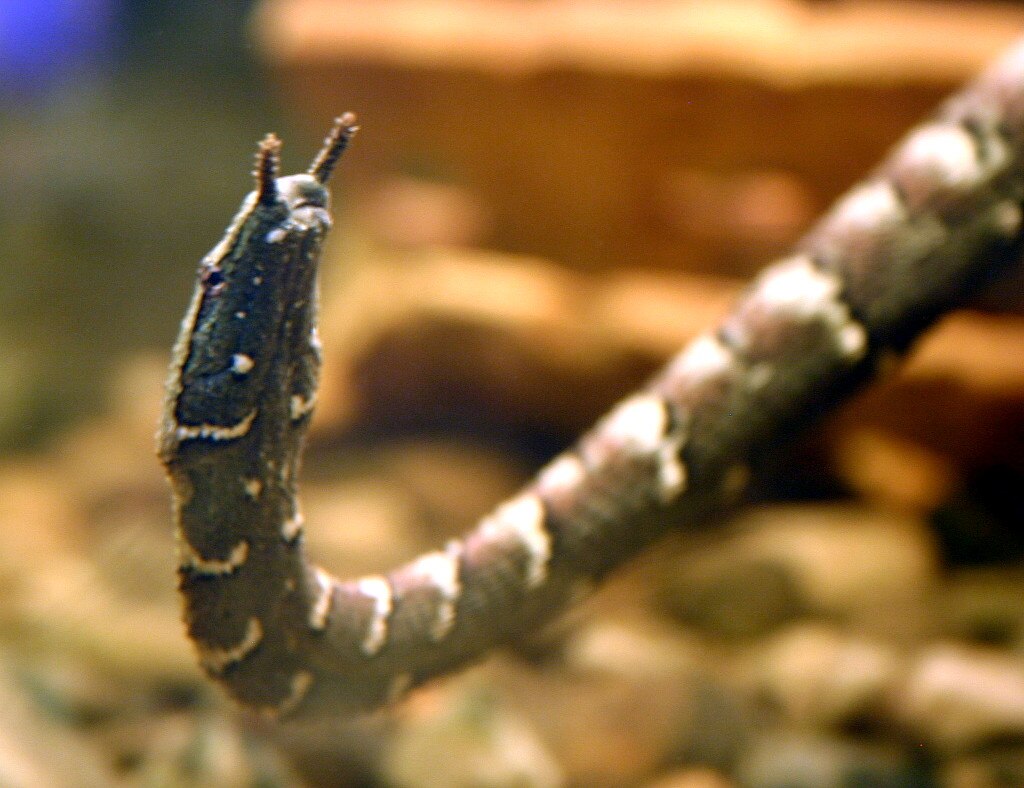
A snake’s shedding cycle is a fascinating biological process that allows for growth and skin renewal. Before shedding begins, snakes typically experience a pre-shed phase where their eyes become cloudy or bluish (called “blue phase” or “in blue”), and their skin appears dull. As the new skin forms underneath, the old outer layer separates and is eventually shed in one piece, starting from the head and moving toward the tail. For healthy snakes in proper conditions, this process should occur smoothly with minimal complications. Different species shed at varying frequencies—younger snakes shed more often (every few weeks) to accommodate rapid growth, while adult snakes might shed only every 1-3 months depending on their species, age, and environmental conditions.
Signs of a Stuck Shed
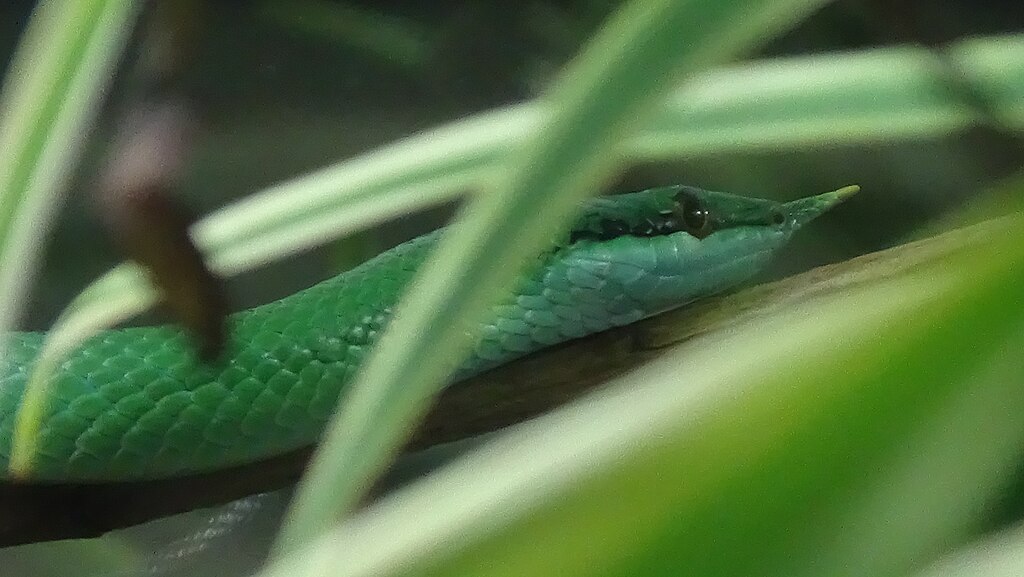
Recognizing a stuck shed early is crucial for effective intervention before complications arise. The most common visual indicator is patchy, retained skin that appears dry, flaky, or discolored compared to the new skin underneath. Pay particular attention to delicate areas such as the head, eye caps (spectacles), tail tip, and vent area, as these frequently experience incomplete shedding. Behavioral changes might accompany physical symptoms—your snake may exhibit increased restlessness, excessive rubbing against enclosure items, or decreased appetite. Some snakes become notably irritable during this uncomfortable period, while others might seem lethargic or withdrawn. If you notice your snake’s eyes remaining cloudy for an extended period after the rest of the body has shed, this likely indicates retained eye caps, which require careful attention.
Common Causes of Incomplete Shedding

Several factors can contribute to shedding difficulties, with insufficient humidity being the primary culprit for most species. When environmental humidity falls below species-specific requirements, the skin becomes too dry and inflexible to separate properly. Inadequate habitat setup can exacerbate this issue, particularly the absence of rough surfaces like branches, rocks, or appropriate substrate that snakes normally use to mechanically assist shedding. Underlying health conditions including mites, respiratory infections, or nutritional deficiencies can significantly impact a snake’s ability to shed normally. Stress from handling, temperature fluctuations, or recent habitat changes may also disrupt the shedding process. Understanding which specific factors are affecting your snake is essential for both immediate assistance and future prevention.
Setting Up a Humidity Hide
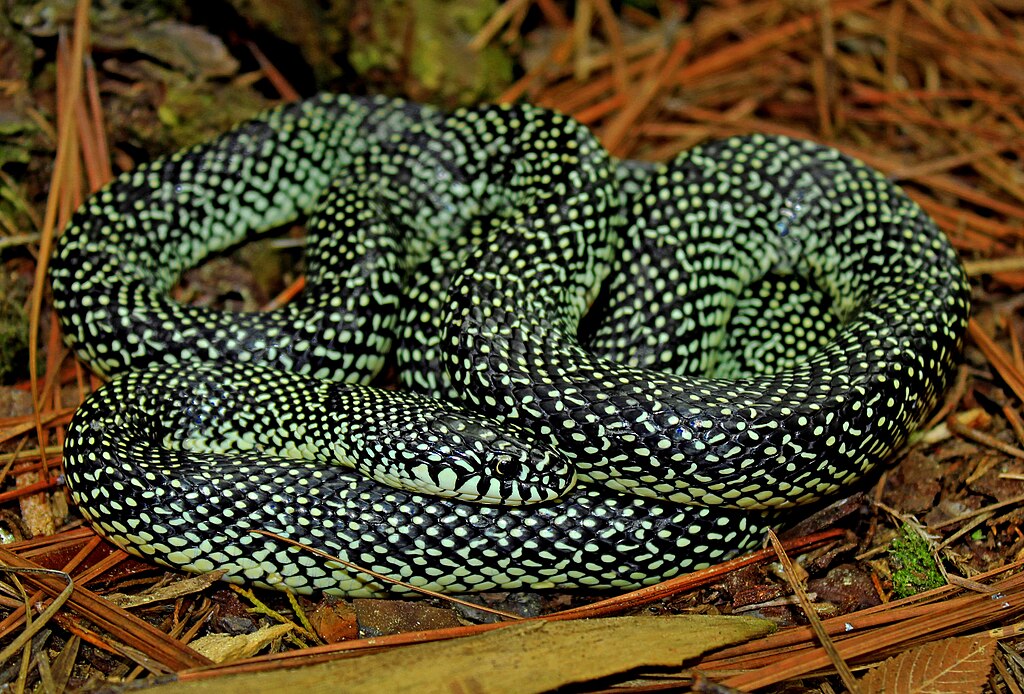
A humidity hide represents one of the most effective non-invasive methods for addressing minor shedding issues. This specialized microenvironment provides a localized area of higher humidity while allowing the snake to self-regulate its exposure. To create an effective humidity hide, select an appropriately sized container that offers security while allowing your snake to comfortably enter and exit. Cut an entrance hole in the side or lid, ensuring there are no sharp edges that could harm your pet. Line the container with moisture-retaining substrate such as damp sphagnum moss, paper towels, or coconut fiber substrate. Place this hide in the warm section of the enclosure, as the combination of heat and moisture creates the ideal environment for loosening stuck skin. Regularly check and remoisten the substrate as needed to maintain effective humidity levels without encouraging mold growth.
The Soak Method
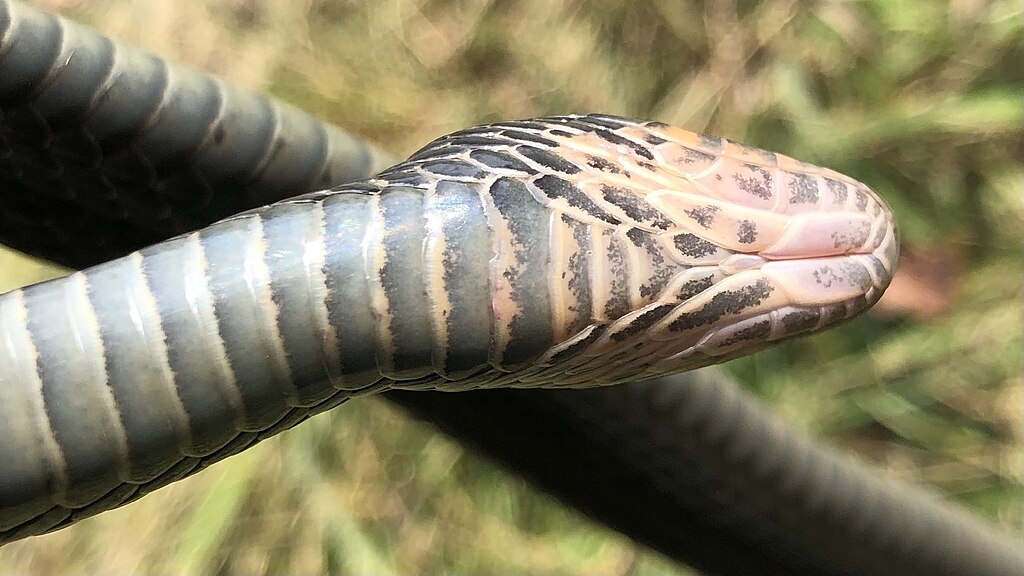
Soaking represents a gentle yet effective intervention for more significant shedding problems. Prepare a shallow bath using lukewarm water (90-95°F or 32-35°C) in a secure container with a sealed lid that has air holes for breathing. The water depth should allow your snake to partially submerge while keeping its head comfortably above water. Allow your snake to soak for 15-30 minutes under constant supervision, never leaving it unattended during this process. Some snakes may initially resist soaking, so maintain a calm environment and ensure the container provides security with opaque sides and a snug fit. After soaking, gently place your snake on a textured but soft towel and allow it to naturally move across the surface, which often helps loosen the remaining skin. This method is particularly effective for ball pythons, corn snakes, and other species that don’t naturally seek aquatic environments.
The Damp Towel Technique

The damp towel technique offers an alternative for snakes that become stressed by direct soaking methods. Start by selecting a clean, soft towel or pillowcase made of 100% cotton material without any loose threads that could entangle your snake. Thoroughly dampen the fabric with lukewarm water, then wring it out so it’s moist but not dripping wet. Gently place your snake within the folded towel or inside the pillowcase, creating a humid environment that mimics the effect of a soak. Allow your snake to remain in this setup for 15-20 minutes under careful supervision, ensuring they have sufficient airflow and aren’t becoming overheated or too cool. This method works particularly well for arboreal species like green tree pythons or emerald tree boas that may resist conventional soaking techniques. The natural movement of your snake within the textured fabric often helps to loosen and remove stuck shed pieces with minimal handling stress.
Addressing Stuck Eye Caps
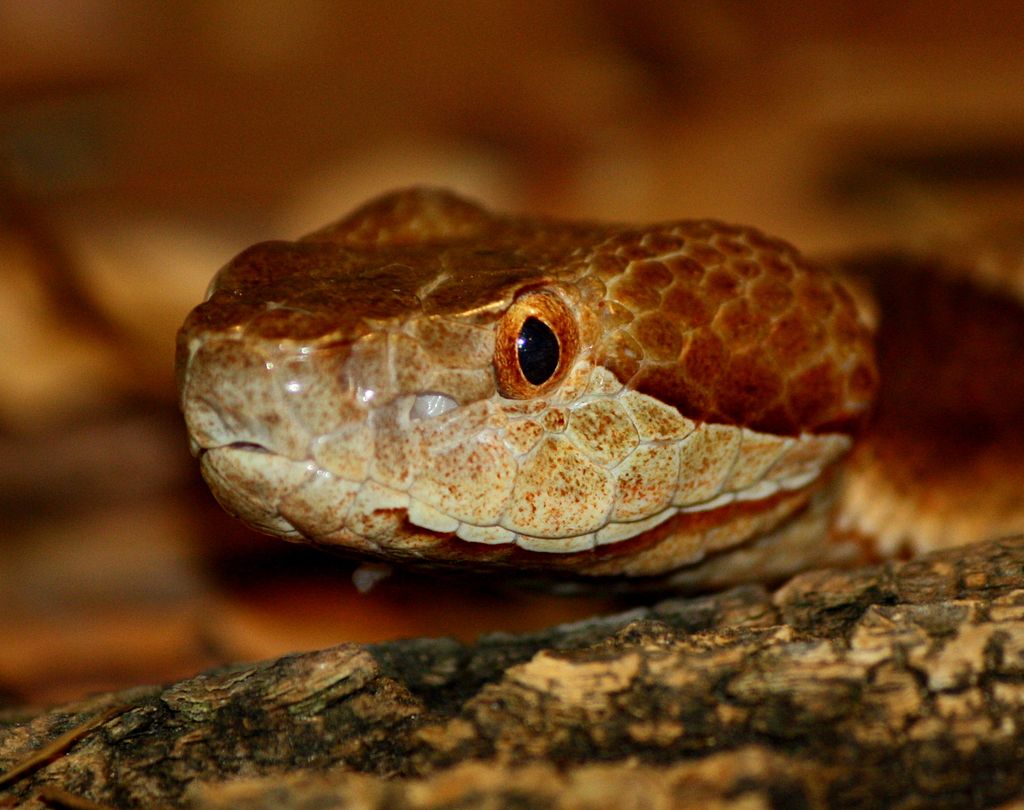
Retained eye caps require especially delicate handling, as improper removal techniques can damage the sensitive structures underneath. After using humidity methods to soften the retained spectacle, you can attempt gentle assistance only if the eye cap appears significantly loosened. Using a moistened Q-tip, very gently roll the cotton tip from the inner corner of the eye outward, following the natural direction of shedding. Never pull or use tweezers on eye caps, as this can cause serious injury. If the eye cap doesn’t release with minimal pressure, stop immediately and seek veterinary assistance. Multiple retained eye caps (from consecutive sheds) present a serious condition requiring professional intervention. Watch for signs of problem eye caps including cloudy eyes that don’t clear up, visible bubbles under the spectacle, or excessive rubbing of the face, all of which warrant a veterinary examination.
Safe Removal of Stubborn Shed
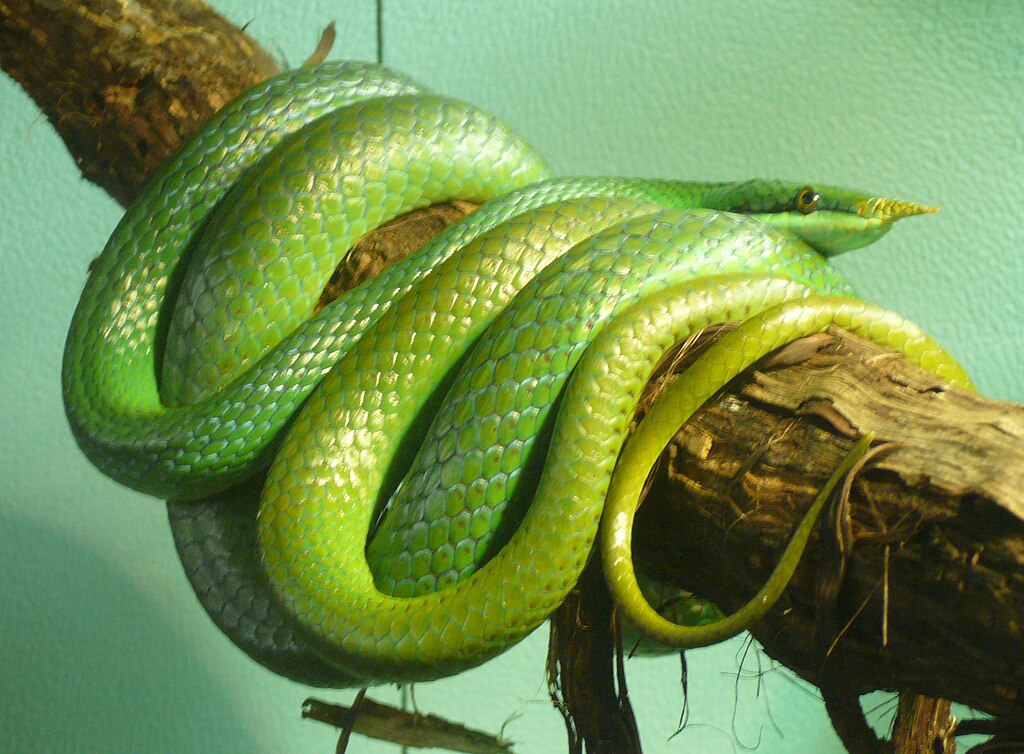
When dealing with stubborn pieces of shed that resist humidity treatments, extremely gentle manual assistance may be necessary. After soaking or using other moisture treatments, identify the edge of the loose skin, being particularly careful around delicate areas like the belly scales (ventral scutes) and tail tip. Very gently roll the skin backward in the natural direction of shedding—from head to tail—using a cotton swab moistened with warm water to maintain lubrication. Never pull directly outward or use force, as this can damage the new scales underneath or cause skin tears. For particularly adherent sections, apply additional moisture and try again later rather than forcing removal. Some owners use specialized reptile shedding aids available at pet stores, but always check ingredients to ensure they’re non-toxic and appropriate for your specific species. When in doubt about a particularly difficult shed piece, especially around sensitive areas, consulting with a reptile veterinarian is the safest approach.
What Not to Do During Shed Assistance
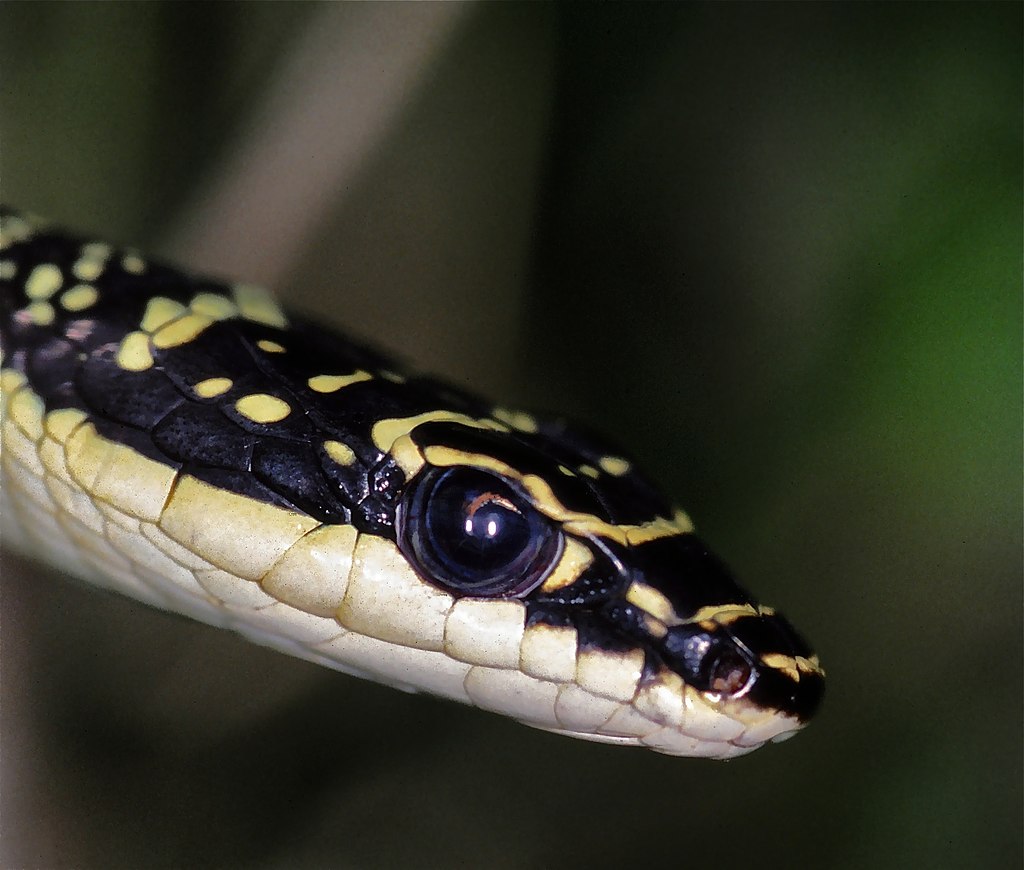
Certain commonly suggested practices can actually harm your snake and should be strictly avoided. Never use adhesive tape of any kind to remove stuck shed, as it can tear the new skin and leave residue that’s difficult to remove safely. Avoid applying oils, petroleum jelly, or other non-reptile-specific products, as these can block skin pores and potentially cause respiratory issues if they enter the mouth or nostrils. Forceful pulling of stuck shed is extremely dangerous and can result in scale damage, bleeding, or infection of the underlying tissues. Handling during shedding should be minimized to essential health interventions only, as snakes are typically more stressed and potentially defensive during this vulnerable period. Attempting to remove stuck eye caps with sharp tools or excessive pressure is particularly dangerous and can permanently damage your snake’s vision. Always prioritize gentle, humidity-based methods over mechanical interventions whenever possible.
Post-Shed Care
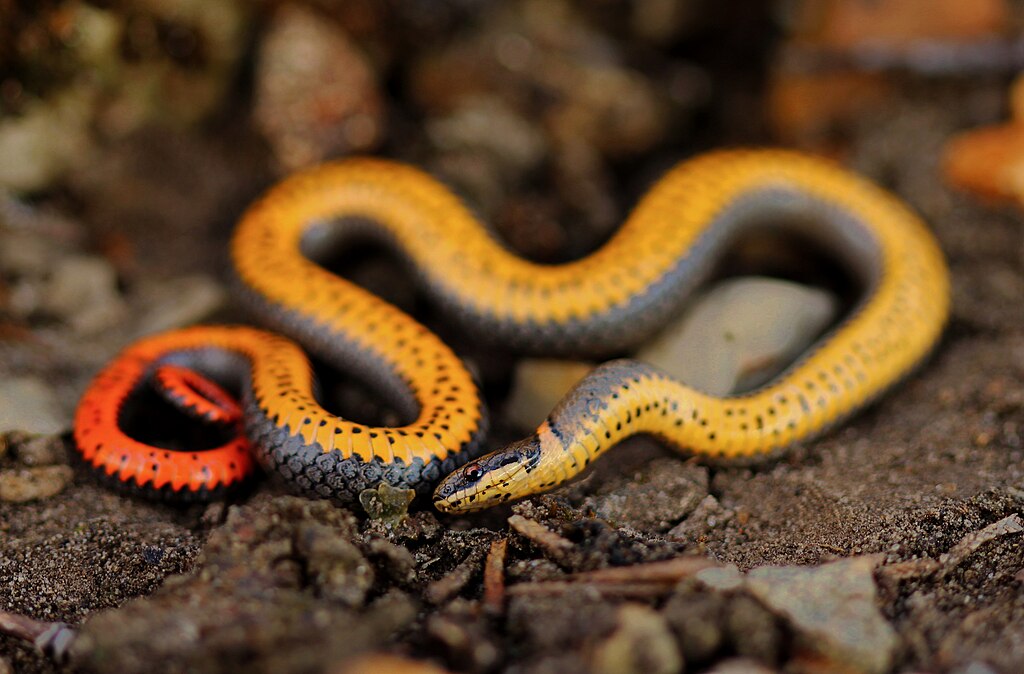
After successfully resolving a stuck shed, take time to properly care for your snake’s renewed skin and prevent potential complications. Thoroughly inspect your snake’s entire body to ensure all shed pieces have been removed, paying special attention to the tail tip, vent area, and confirming clear eye caps. Monitor for any signs of skin damage, including redness, swelling, or abrasions that might have occurred during the shedding process or removal assistance. Return your snake to a clean enclosure with proper humidity levels maintained to help the new skin acclimate appropriately. Some reptile keepers offer a small meal a day or two after successful shedding completion, as many snakes experience increased appetite following this energy-intensive process. Document the shedding issue and your intervention methods to establish patterns and improve preventative measures for future sheds.
Preventing Future Shedding Problems
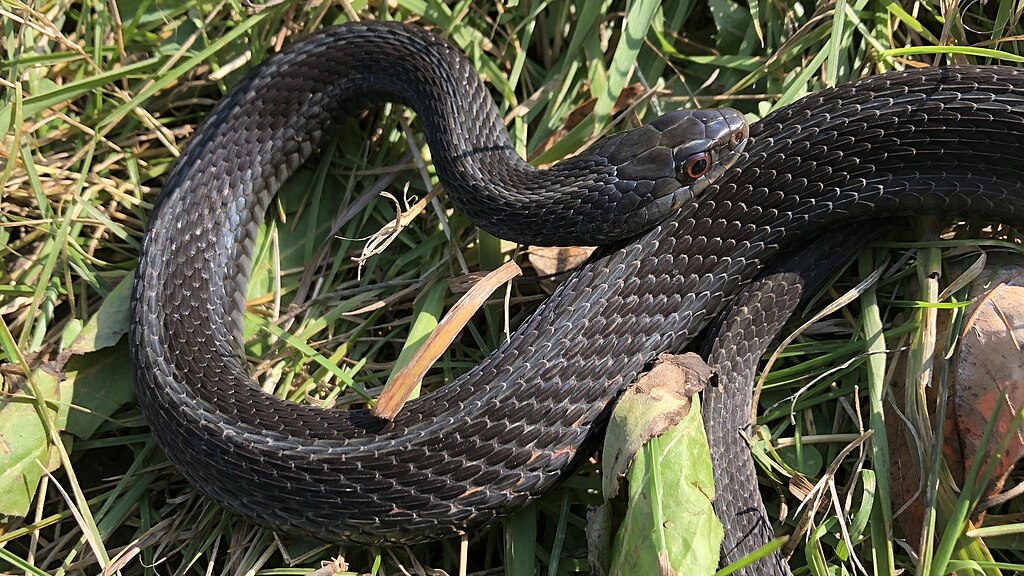
Implementing preventative measures is far easier than addressing stuck sheds after they occur. Maintain appropriate humidity levels specific to your snake’s species—desert species typically require 30-50% ambient humidity with a humidity hide available, while tropical species may need 60-80% consistent humidity. Install proper environmental elements that facilitate natural shedding behavior, including rough-textured climbing branches, appropriate substrate depth, and secure hides with varying moisture levels. Ensure optimal temperature gradients with proper hot and cool zones, as thermoregulation plays a significant role in healthy shedding processes. Provide regular access to a shallow water dish large enough for partial soaking if your snake chooses to use it. Maintain excellent nutrition through appropriate prey size, feeding frequency, and occasional supplementation if recommended for your specific species. Minimize handling during the pre-shed phase when your snake’s eyes appear blue or cloudy, allowing them to complete this process with minimal stress.
When to Seek Veterinary Care

While many shedding issues can be resolved with proper husbandry adjustments and gentle intervention, certain situations warrant professional veterinary assessment. Seek immediate veterinary care if your snake experiences multiple consecutive problem sheds, as this indicates a potentially serious underlying health issue. Retained skin that constricts any part of the body, particularly the tail tip or hemipenes area in males, constitutes a medical emergency that can lead to tissue death if not promptly addressed. Any signs of infection around areas of retained shed—including discoloration, swelling, discharge, or unusual odor—require professional treatment. Behavioral changes that persist after shedding is complete, such as continued lethargy, refusal to eat for extended periods, or abnormal posturing, may indicate complications requiring medical attention. Remember that reptile veterinarians have specialized tools and expertise for safely addressing complex shedding issues, particularly around delicate structures like eye caps.
Special Considerations for Different Snake Species

Shedding requirements and approaches vary significantly across different snake species based on their natural habitats and physiological adaptations. Ball pythons, native to central and western Africa, benefit from a humidity box during shedding and typically require 50-60% ambient humidity with a bump to 65-70% during shedding periods. Corn snakes and other North American colubrids generally tolerate drier conditions but still need a humidity increase and access to a moist hide during shedding. Tropical species like rainbow boas and emerald tree boas require consistently high humidity (70-90%) and may experience frequent shedding problems in insufficiently humid environments. Specialized species like sand boas may actually suffer from excessive humidity, so research your specific snake’s natural habitat and replicate those conditions as closely as possible in captivity. Arboreal species often benefit from regular misting and foliage that retains water droplets, mimicking their rainforest environments and supporting healthy shedding cycles.
Helping your snake through a difficult shed requires patience, gentle handling, and an understanding of your specific species’ needs. By maintaining proper humidity, providing appropriate environmental enrichment, and intervening with care when necessary, you can help ensure your scaly companion experiences smooth, complete sheds throughout their life. Remember that prevention through optimal husbandry is always preferable to treating stuck shed after it occurs. When in doubt about serious or recurring shedding issues, don’t hesitate to consult with a reptile veterinarian who can provide specialized advice and treatment for your unique snake. With proper care and attention, your snake can return to its glossy, comfortable self after every shedding cycle.

